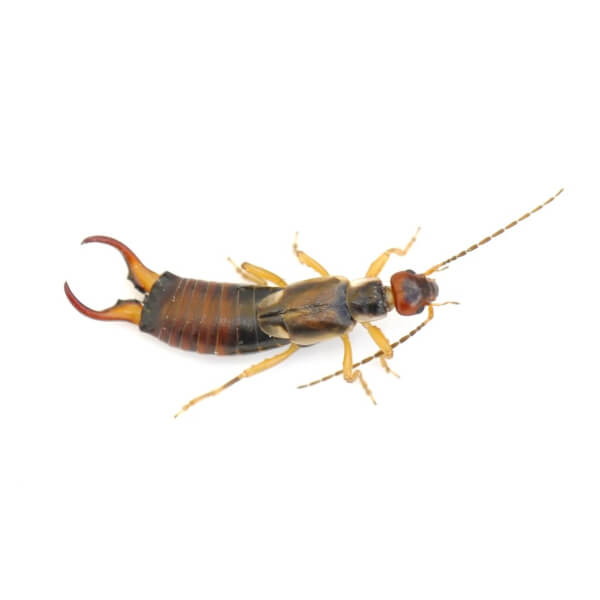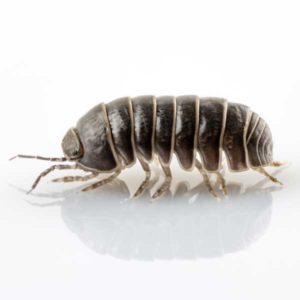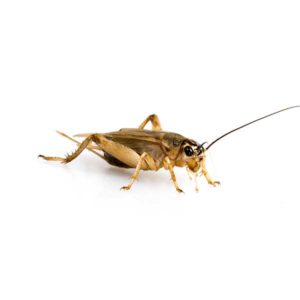
Earwigs in Atlanta, GA
The name earwig stems from the myth that these insects deliberately crawl into the ears of sleeping people and burrow into their brains. Despite their preference for damp and dark environments, earwigs seek these places for daytime concealment, not during the night when people are asleep. Primarily nocturnal, earwigs actively search for and feed on a diverse range of insects and plants after nightfall. More prevalent in the southern and southwestern regions of the United States, earwigs tend to go into hibernation during the winter months. Seeking refuge indoors becomes more likely when external conditions become excessively dry, hot, or cold.
Earwig Habitat
Earwigs have a diverse diet that encompasses various plant and animal materials. They consume leaves, flowers, fruits, fungi, as well as prey on aphids and larger insects like flies, using their pincer-like cerci for capture. During the day, earwigs seek refuge under logs, rocks, boards, or amid dense growth of vines or weeds. In residential areas, they tend to inhabit moisture-rich spaces such as cracks near swimming pool areas, flower bed mulch, beneath outdoor potted plants, and in leaf litter. Indoors, earwigs commonly gather in the folds of cardboard boxes and within kitchens and bathrooms.
Earwig Behaviors, Threats, or Dangers
Earwigs don’t bite people or transmit diseases, but they do possess pinchers that can cause discomfort. While their pinchers are not likely to break the skin, a nip from an earwig can be painful. Primarily considered a nuisance pest during the spring and summer, earwigs in gardens may create irregular holes in leaves and flower blossoms. These insects can enter homes through gaps and cracks in siding and foundations, or when homeowners bring items such as potted plants, firewood, or cardboard boxes from outside. If you are dealing with an excessive earwig presence on your property, it is recommended to seek assistance from the experts at Inspect-All Pest Services.




